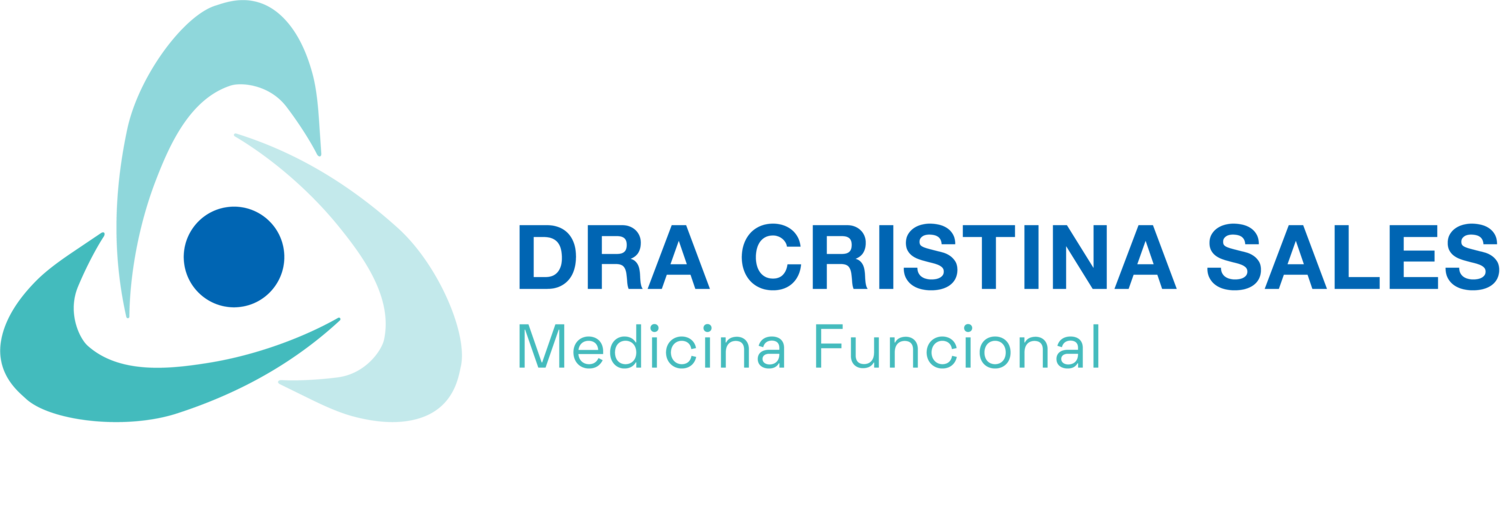Q&A: “Burnout related question: you mentioned to me being like stage 2 of "burnout". May I know how many stages there are?”
Isto é uma espécie de Q&A, em que respondo a perguntas que me colocam.
In order to be scientific correct, I need to clarify that burnout does not have stages per se. It is a stage on itself: it is the popular name given to the exhaustion state created by the continuous need of adaptation of our body to ongoing stress.
In technical terms, this state is part of the “hypothalamus - pituitary - adrenal axis dysfunction”, in which the brain-adrenal system that regulates our stress responses.
The development of this dysfunction can be divided into 3 stages:
The changes in the 1st stage is what happens when you start a new period of physiological demand, being it brain, body or emotion. All systems go into overdrive in order to deliver: a new stimulus come in, we react to it, adapt and recover, until the next thing comes. It is marked by higher levels of cortisol, DHEA, adrenalin, dopamine, … a lot of pieces in the machinery.
The 2nd stage starts when the body cannot keep up with the demand, drops the level of performance, cannot keep adapting to the on going demand. The total production of cortisol is still high - in most cases too high! - but the stamina and energy is not as good as it was. We start feeling our mind slugish, our speed is not the same but we cannot relax or recharge. Our fuel and tools (named metabolic storage) is getting depleted. In this stage, sleep gets disturbed (people feel tired even if they sleep “well”), people rely more and more on caffeine to kick into gear.
The 3rd stage starts when the body can no longer function. Symptoms may be very similar to depression - this is so unfortunate because it may lead to the prescription of anti-depressants which will not only not lead to benefits but it can get people more frustrated and worse. This is the “proper” burnout state. It is like a cell phone that has run out of battery and, just like the cell phone, it needs to stop and be charged. There is a huge need for nutrients from the body - vitamin Bs (all of them), minerals (mainly magnesium), vitamin C (particularly effect if done through IVs), herbs, adaptogens, proper nutrition - but, above all, rest.
A lot of emphasis have been put into burnout lately, in particular after Horta Osório, the former CEO of Lloyds bank, assumed in 2011 he had to stop due to burnout. It has been reported in 2016 that $285 billion are lost yearly due to burnout and estimated that it may have risen by one third with the pandemic. People are the greatest asset of a company - but so are the biggest liability. When they fail, the company fails. Putting both things together, the impact burnout can have in the real world in the upcoming months and years should not be over-rated.
Burnout is not a lack of will, motivation or drive. It is not a depressive state and, therefore, not treatable with antidepressants.
Burnout is just a drained state affecting those who pushed too much for too long in pursue of their goals, dreams and ambition.
When the body is studied in depth and the missing metabolic elements are put back in the system, the power comes back, the ability to perform is replenished and the individual can thrive again - just like he is design to do. That’s is our fundamental goal with the Human Performance Optimization program.

